


Listen to the first notes of an old, beloved song. Can you name that tune? If you can, congratulations -- it's a triumph of your associative...



Imagine a T-shirt that could monitor your heart rate or blood pressure. Or a pair of socks that could provide feedback on your running stride. It...
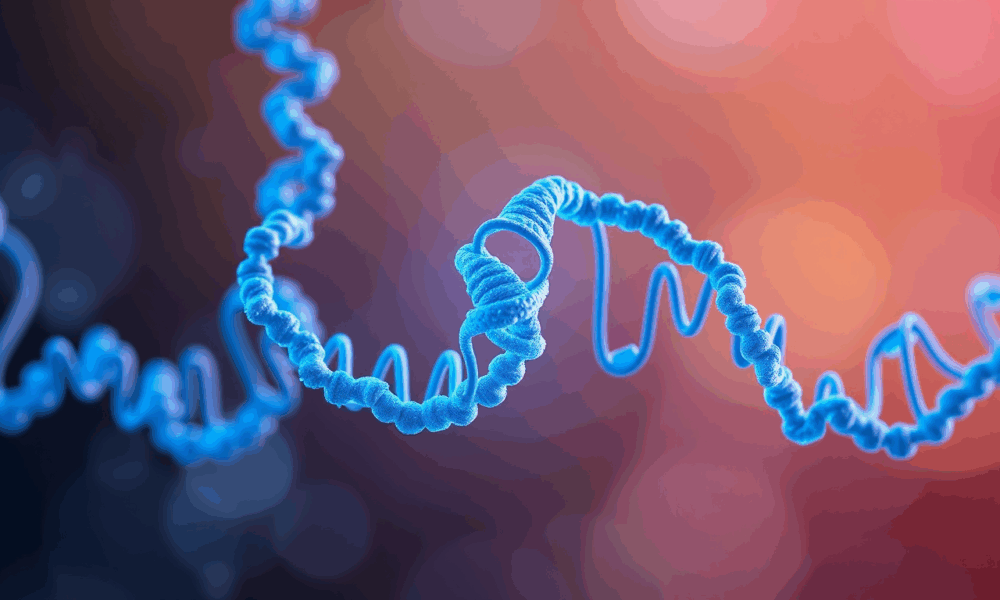
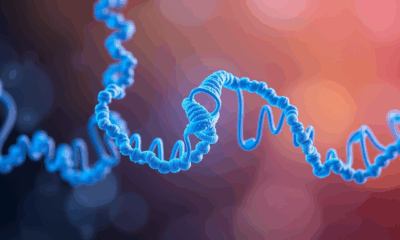

Researchers have developed a new workflow for designing enzymes from scratch, paving the way toward more efficient, powerful and environmentally benign chemistry. The new method allows...



Engineers built E-BAR, a mobile robot designed to physically support the elderly and prevent them from falling as they move around their homes. E-BAR acts as...



Biologists and chemists have a new programming language to uncover previously unknown environmental pollutants at breakneck speed -- without requiring them to code.



A team engineers created a twisty high-temperature heat exchanger that outperformed a traditional straight channel design in heat transfer, power density and effectiveness and used an...



Engineers have taught a simple submarine robot to take advantage of turbulent forces to propel itself through water.



Carbyne, a one-dimensional chain of carbon atoms, is incredibly strong for being so thin, making it an intriguing possibility for use in next-generation electronics, but its...
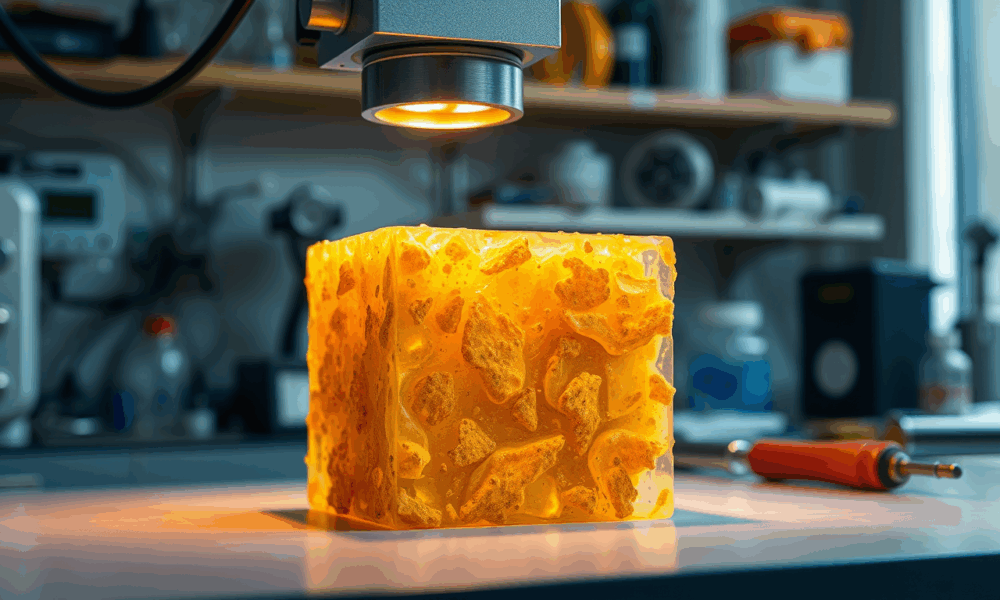
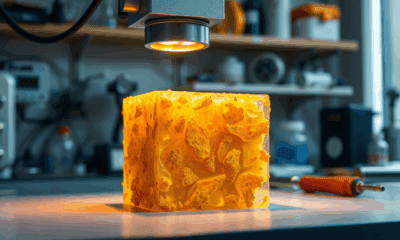

New bismuth-based organic-inorganic hybrid materials show exceptional sensitivity and long-term stability as X-ray detectors, significantly more sensitive than commercial X-ray detectors. In addition, these materials can...
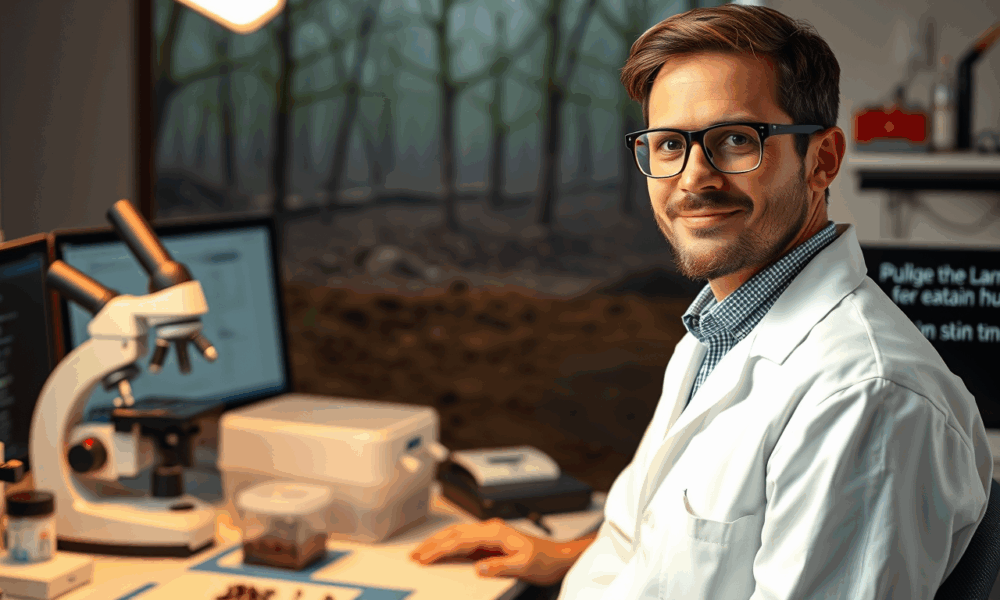


A team of researchers has developed a new strategy for identifying hazardous pollutants in soil -- even ones that have never been isolated or studied in...